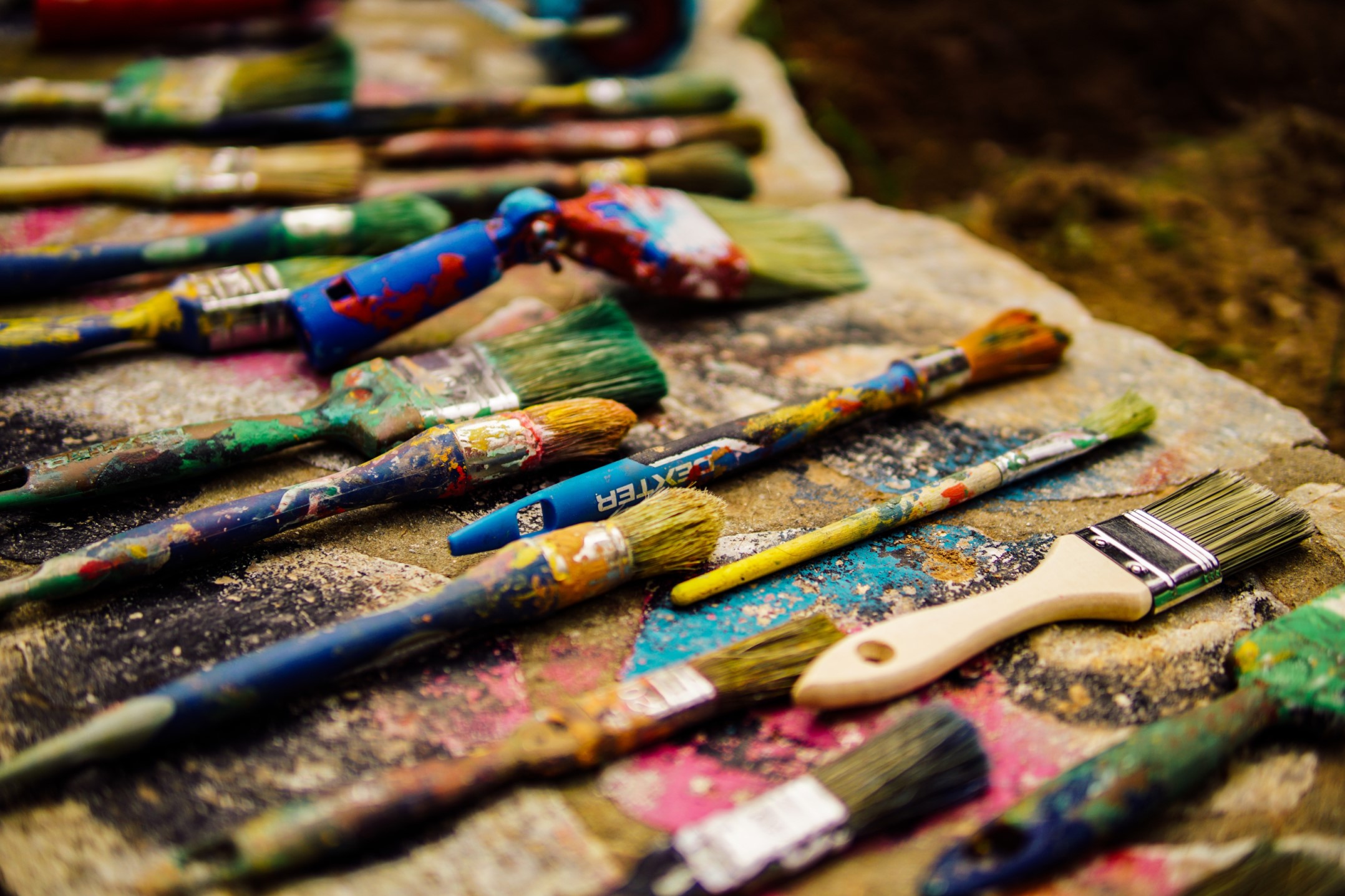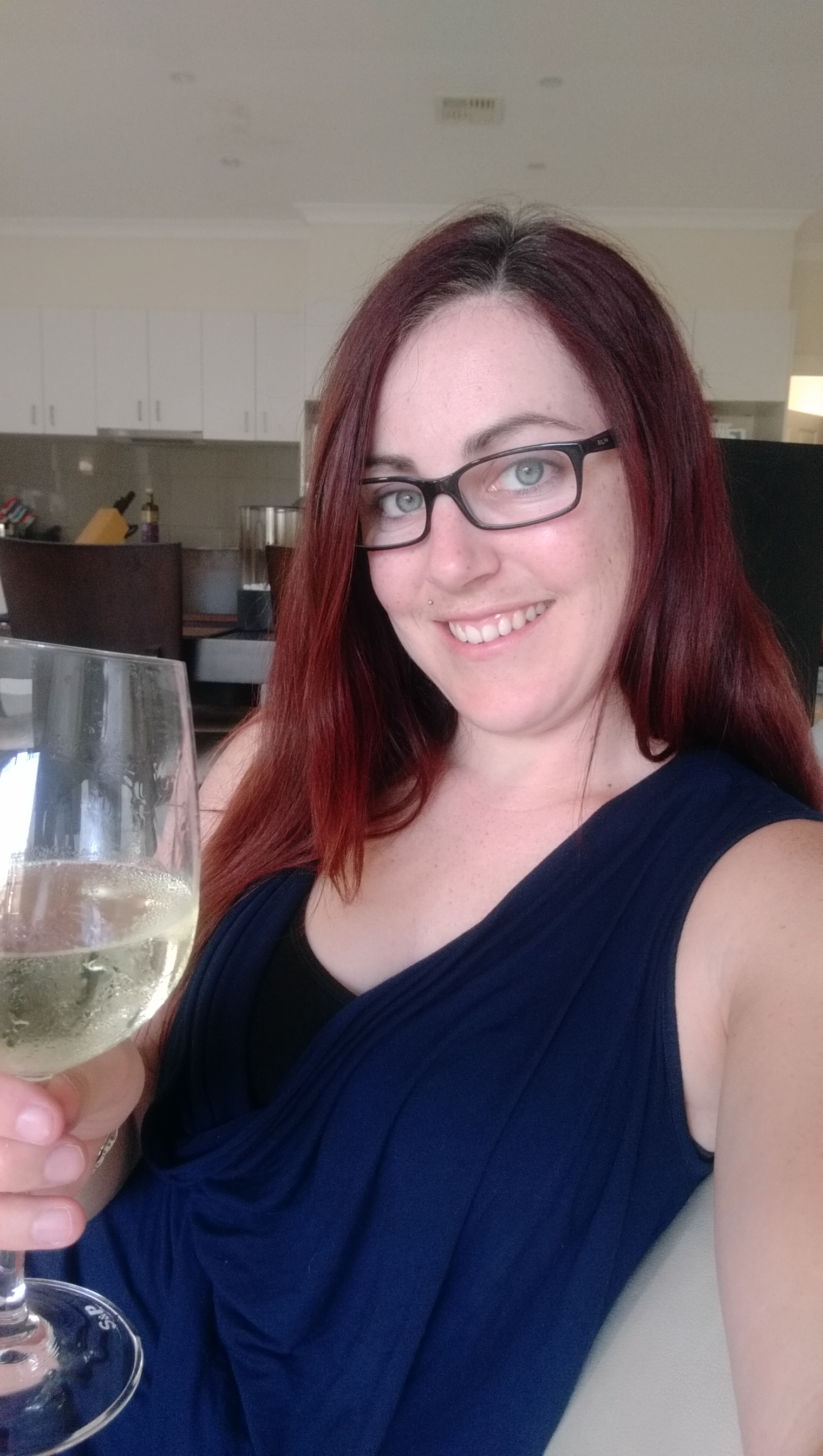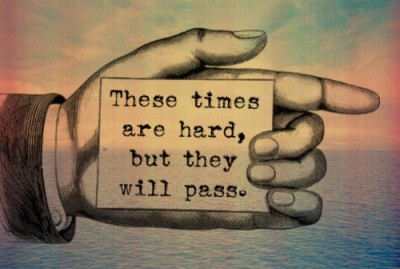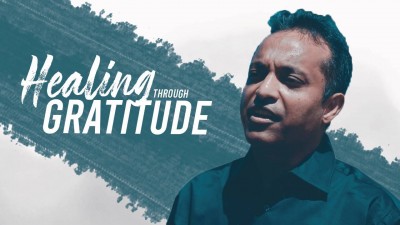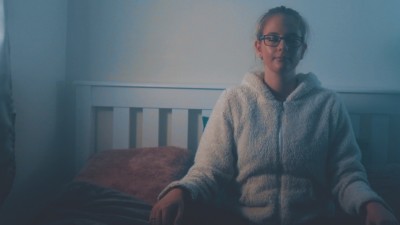Karl James was born in Wales, United Kingdom and moved to Whyalla, South Australia, in 1968, where he has lived since.
Operating as a shift worker in the Whyalla steelworks laboratory, Karl’s hobby of oil painting — figurative works with a strong sense of narrative — keeps him busy outside of work.
Karl’s earliest memory of painting was when he was five, winning a prize for one of his paintings, which was sponsored by United Nations International Children’s Emergency Fund (UNICEF).
Everywhere Karl goes he sees art, and enjoys viewing art from the past as well as what is happening within the contemporary art world. Contemporary art is artwork that is produced by artists in the 21st century. Contemporary artists use various concepts, methods, materials and subjects that challenge traditional artistic boundaries.
It is the act of creating artwork that Karl finds to be important, rather than the final result; creating art is a need rather than a must for him. When Karl paints he has a sense of calmness, joy and happiness.
Over the last 40 years Karl has sold many pieces to various parts of the world. Sometimes his work can be completed quickly, as the work flows, other times it can take months or is left incomplete.
In Whyalla, South Australia, Karl was invited to participate in a commission for the Whyalla suicide prevention group as a way to raise societal awareness. It was part of a larger commission, for several artists to produce work for the 'world’s largest comic project'. The idea was that pages of the comic would be placed on walls around the town as murals.
The message of the murals was to open a dialogue about mental health and suicide prevention. As indicated on the Mission Australia website, one in five people are affected by mental health issues. What causes mental health issues for an individual can vary from one person to the next, impacting their psychological, physical, emotional and/or spiritual wellbeing.
The artwork was first created on paper, scanned and blown up onto polyvinyl chloride (PVC) banners. The banners then effectively made the murals. All together it took one week to complete the work.
Karl admired the idea behind the project and was inspired to participate and do his bit to raise societal awareness. Mental health is a very common issue and should be discussed. Communication through such work was a unique way to get those conversations in the community started.
The feedback to Karl, from members of the community, has been terrific. He found the message had touched a good number of people and has had numerous discussions about mental health with many people, including those he did not know.
Some people were curious as to whether Karl had experience in managing some mental health issues and were open to discussing some of their insights with him.
There have been occasions Karl has been asked about doing other public murals, however as he feels it is not really a part of his practice, he usually declines.
Karl’s artwork always carries a message or narrative, whether it be fiction, non-fiction, historical and sometimes spiritual.
Art should have something to say.
Although this mural surrounds the theme of mental health and suicide prevention, visual art itself can also be used as a treatment of mental health. It can do this by assisting individuals to manage behaviour, manage feelings, process feelings, reduce stress and anxiety and increase confidence, all through expressing themselves creatively.
Further research is being conducted to determine the link between art and mental health and well-being.
